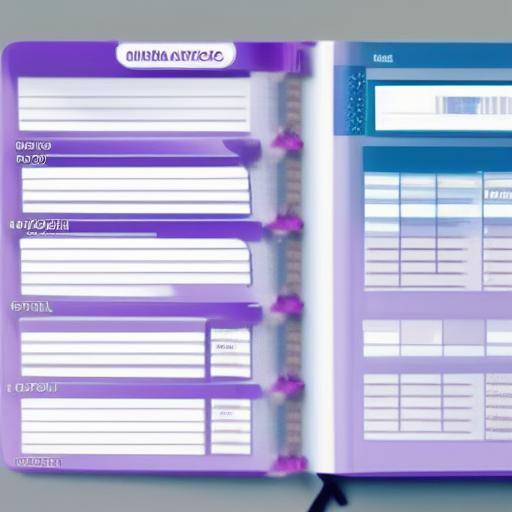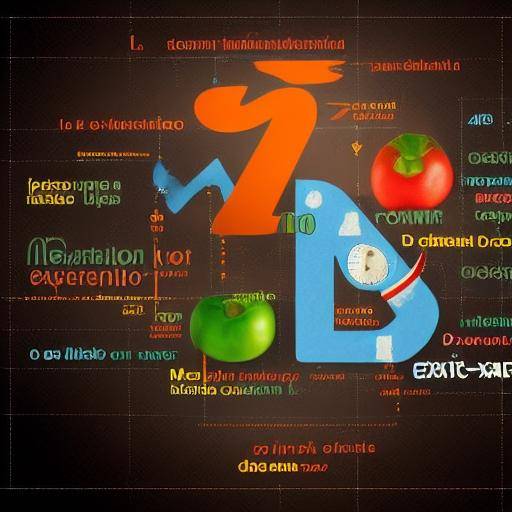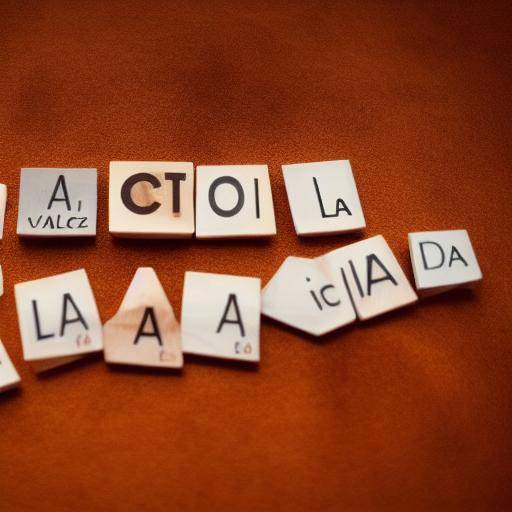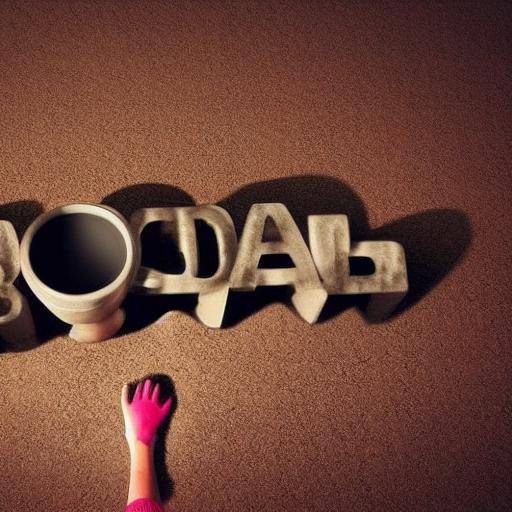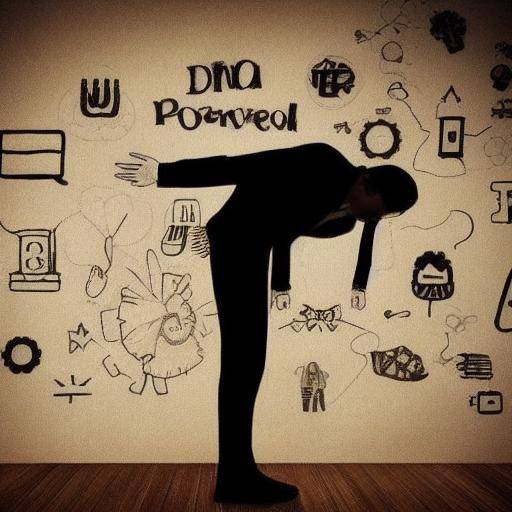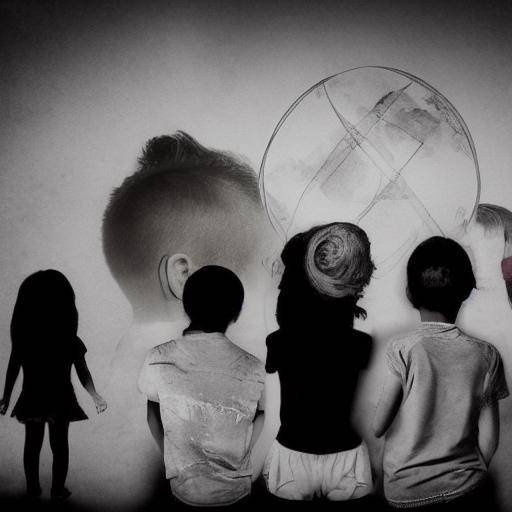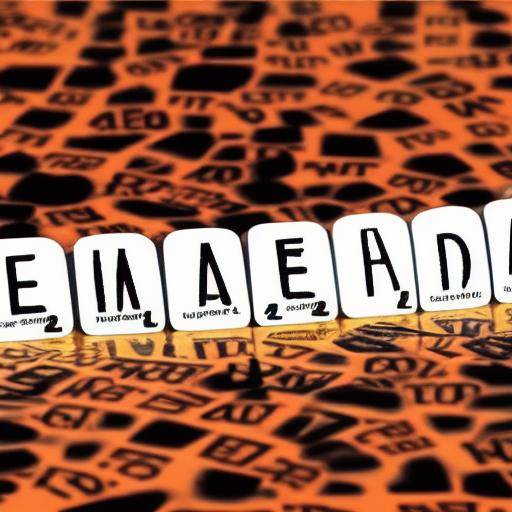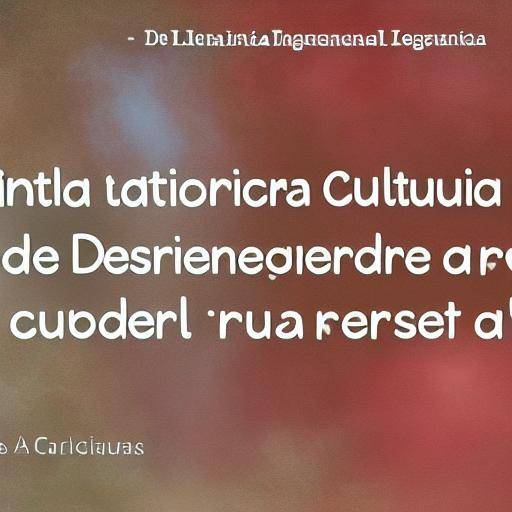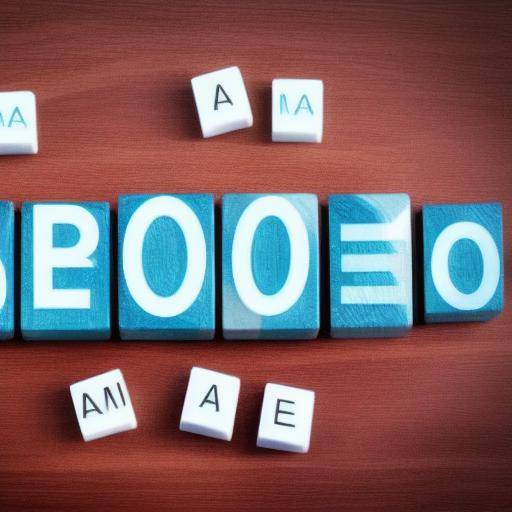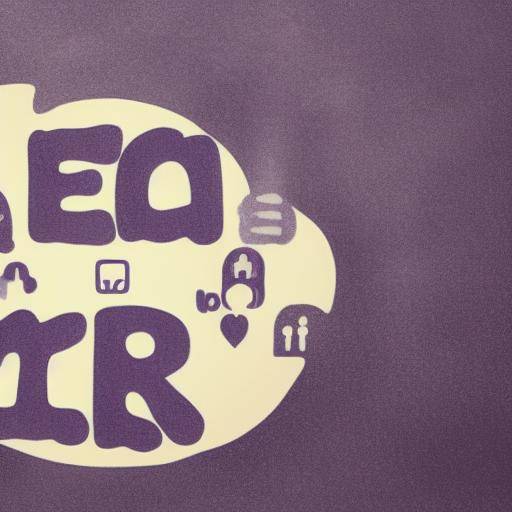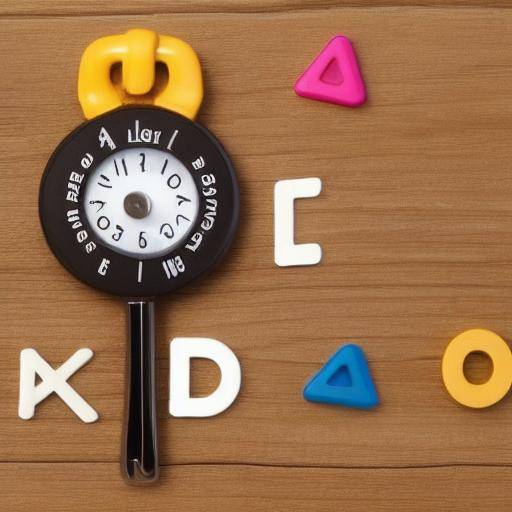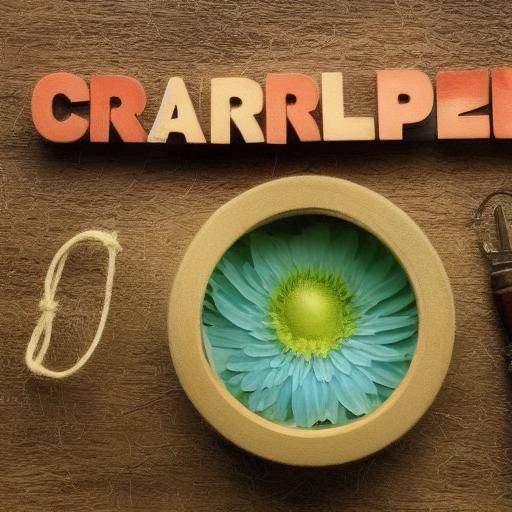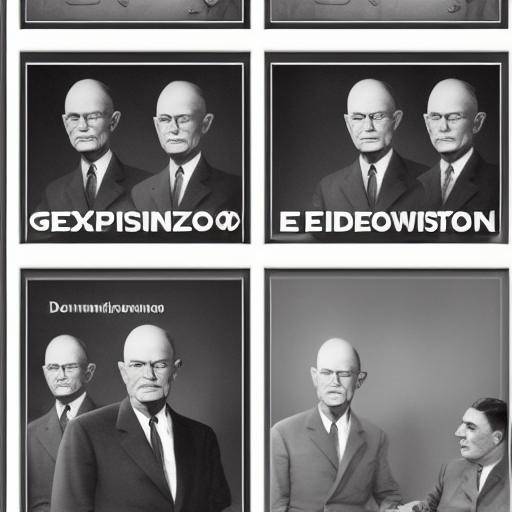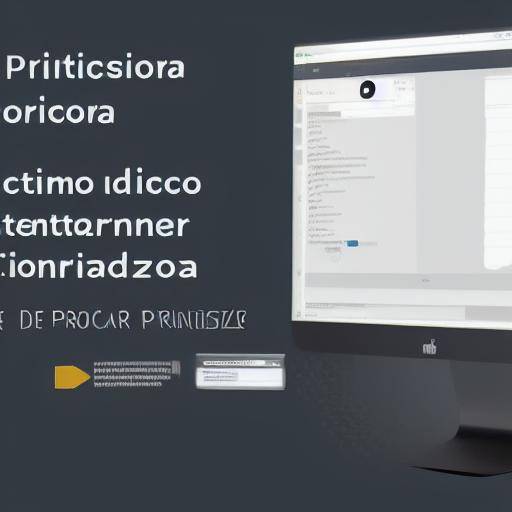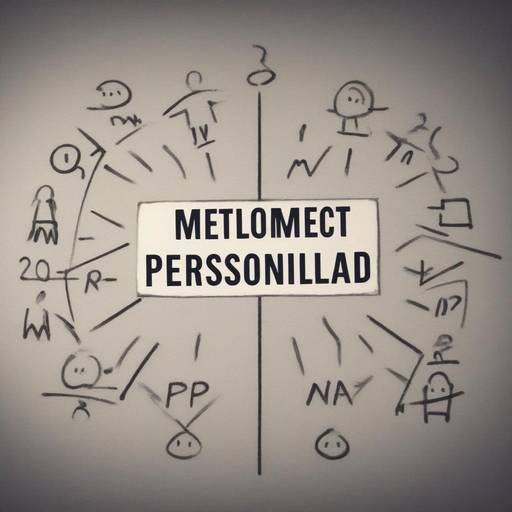
Introduction
Imagine having a tool that allows you to clearly visualize which areas of your life need more attention and in what aspects you are flourishing. The wheel of life is a powerful technique that provides a holistic perspective of personal well-being, allowing you to set priorities more consciously and effectively. In this article, we will explore in detail the history, practical application and impact of the wheel of life on personal development, as well as its relation to prioritization.
History and Background of the Wheel of Life
The wheel of life, originally from the Buddhist tradition, has evolved into a tool of self-evaluation widely used in the field of coaching and personal development. Their development and popularization have marked significant milestones in understanding the integral well-being and managing personal priorities.
Over the years, the wheel of life has experienced a series of transformations and adaptations, which has led it to become a key instrument in cognitive-behavioral therapy, personal and professional coaching, as well as in the organizational sphere.
Analysis in Deep Technical
The wheel of life offers a series of tangible benefits for those who want to set priorities more effectively. By providing graphical representation of key aspects of life, this technique facilitates a detailed and visual assessment of the balance between areas such as health, personal relationships, personal and professional development, spirituality, leisure, among other aspects.
However, despite its advantages, the wheel of life also presents challenges and limitations that need to be consciously addressed. Among the most common challenges are the difficulty in assigning precise values to each area, as well as the tendency to simplify complex realities in a graphical representation.
Comprehensive Review of the Wheel of Life
The practical application of the wheel of life extends to various areas, from personal development to its use in organizational environments, where it has become an effective tool for managing performance and work balance.
Within the scope of personal development, the wheel of life technique has become a fundamental pillar in the setting of personal objectives and decision-making based on a deeper understanding of the areas of improvement. In organizations, their implementation facilitates the identification of critical areas of development and well-being of partners, which in turn contributes to fostering a more equitable and comprehensive development-centred working environment.
Comparative analysis
By linking the wheel of life technique with prioritization and personal development, a synergy is revealed that allows for more conscious and informed decision-making. While prioritization focuses on identifying the most important activities to achieve specific objectives, the wheel of life provides a framework for assessing which of these activities are aligned with comprehensive well-being.
Practical Tips and Accessible Recommendations
To carry out effective prioritization through the wheel of life, it is key to start identifying areas of improvement or imbalance, establishing clear goals and concrete actions for each one of them. Here are some practical tips for making effective use of this technique:
- Perform a continuous self-assessment: Create the habit of reviewing your life wheel periodically to evaluate your progress and make adjustments according to your needs.
- Set specific goals: Use the wheel of life as a guide to set goals that address identified areas of imbalance.
- Be realistic and flexible: Remember that balance is dynamic and subject to change. Allow your wheel of life to reflect your personal evolution.
Perceptions of Industry and Expert Reviews
The opinions of experts in personal development, coaching and psychology offer a deep insight into the effectiveness and best practices in the use of the wheel of life. Professionals agree that this technique provides a holistic perspective that is critical to addressing decision-making aligned with personal well-being and sustainable growth.
Case studies and practical applications
The impact of the wheel of life on personal development and prioritization is reflected in many cases of study that illustrate their effective application in everyday situations. The concrete examples demonstrate how this technique has contributed significantly to achieving greater balance and well-being in people ' s lives.
Future Trends and Predictions
As personal development and welfare management become more relevant in contemporary society, the wheel of life technique is expected to remain a key component for prioritization and conscious decision-making. The integration of new technologies and innovative approaches into their application promises to further enhance their usefulness and effectiveness.
Conclusion
In short, the wheel of life technique is presented as a valuable resource for setting priorities consciously and in line with the integral well-being. By providing an X-ray of the different facets of life, this tool facilitates the identification of critical areas for informed decision-making. By integrating it into the personal development process, the door opens to significant and sustainable growth.
Frequently asked questions
What is the origin of the technique of the wheel of life?
The wheel of life has its roots in Buddhist tradition, where it was used as a self-assessment tool to identify areas of imbalance. Over time, this technique evolved towards its application in the field of personal development and coaching.
How can I interpret the results of my wheel of life?
Once you have completed your wheel of life, watch the areas where you got lower scores. These areas represent aspects of your life that require greater attention and possibly changes or adjustments.
How often should I perform an evaluation with the wheel of life?
It is advisable to perform an evaluation of the wheel of life every time so as to evaluate your progress and detect possible changes in your personal priorities and goals.
Can the wheel of life be applied in professional environments?
Yes, the wheel of life is a versatile tool that can be used both personally and professionally. In working environments, it can be applied to evaluate the balance between the work life and the staff, identifying areas of improvement and strengths.
How can I set specific goals from the results of my wheel of life?
Once the areas of improvement are identified through the wheel of life, you can set specific goals that address each of these areas. These goals must be clear, attainable and aligned with your personal values and aspirations.
Is the wheel technique of life suitable for all people?
While the wheel of life can be beneficial for most people by providing an integral vision of life, it is important to consider that each individual can have different needs and priorities. It is advisable to adapt your application to personal needs and preferences.
With this complete guide on the technique of the wheel of life and its relation to prioritization and personal development, we hope to have given you an enriching and practical vision to apply in your day life. Remember that prioritization is a continuous process that can benefit greatly from the use of tools such as the wheel of life for a more conscious and informed decision-making. Start today to apply these powerful tools to enhance your personal and professional development!


